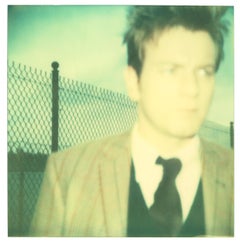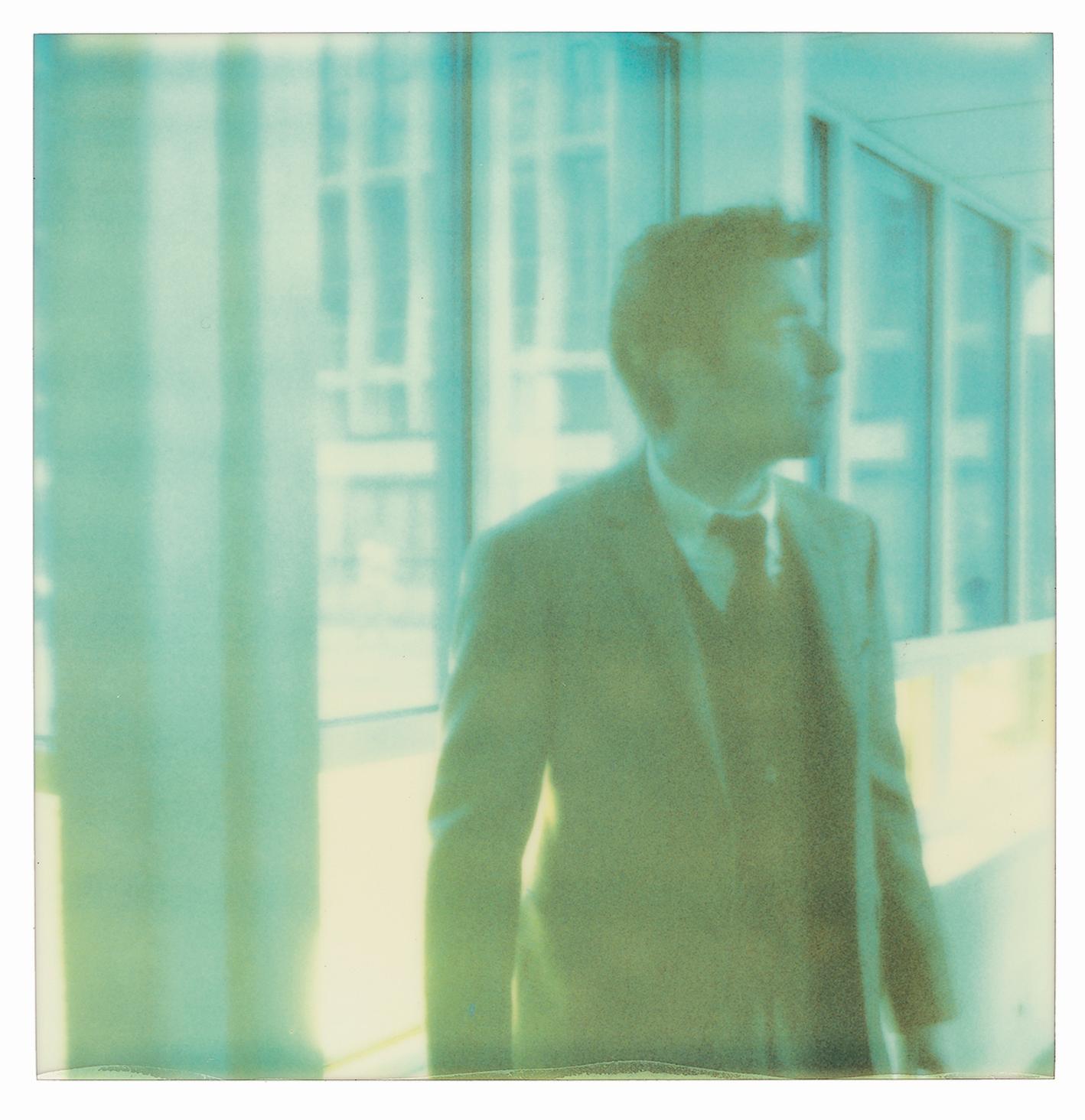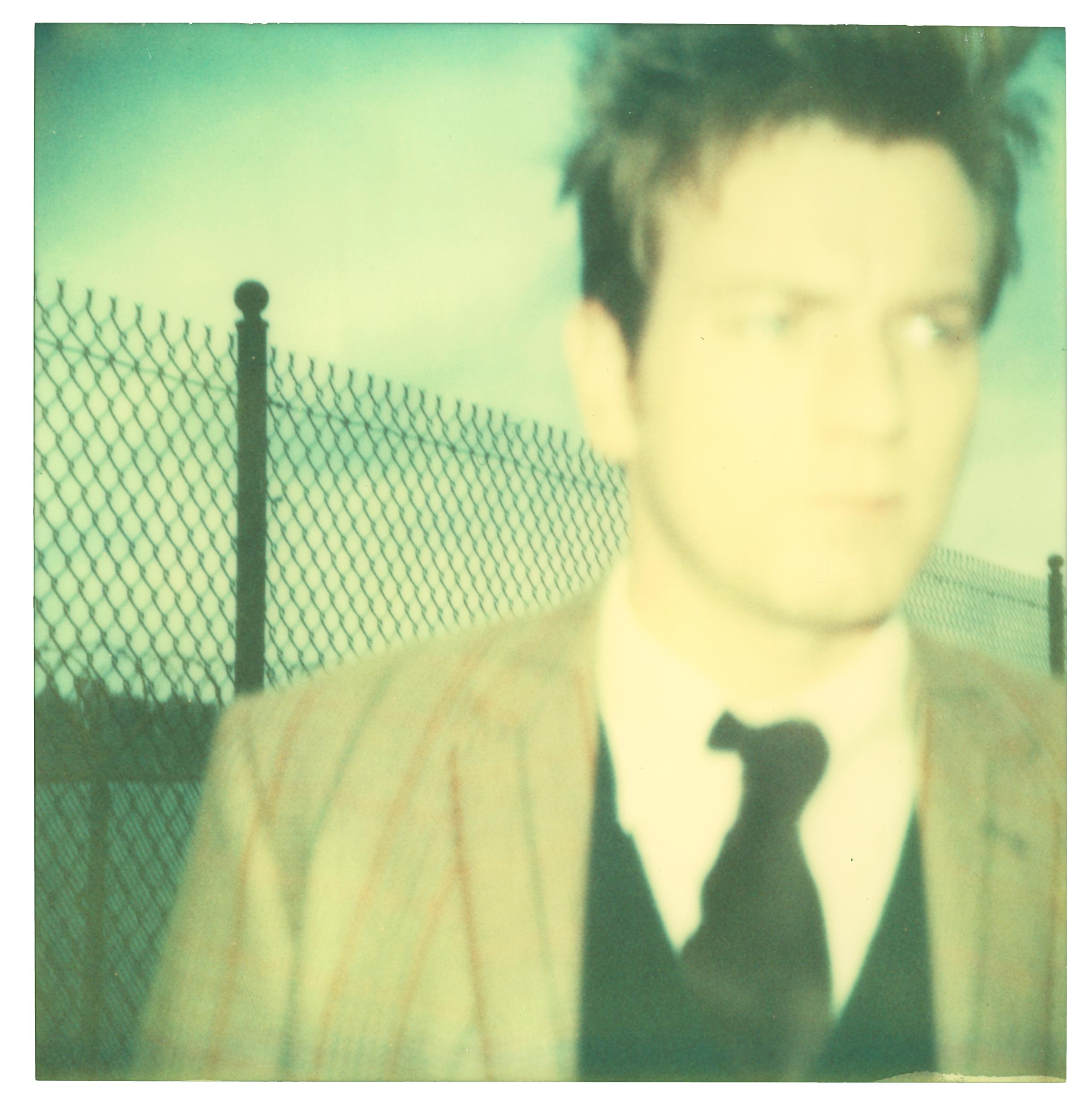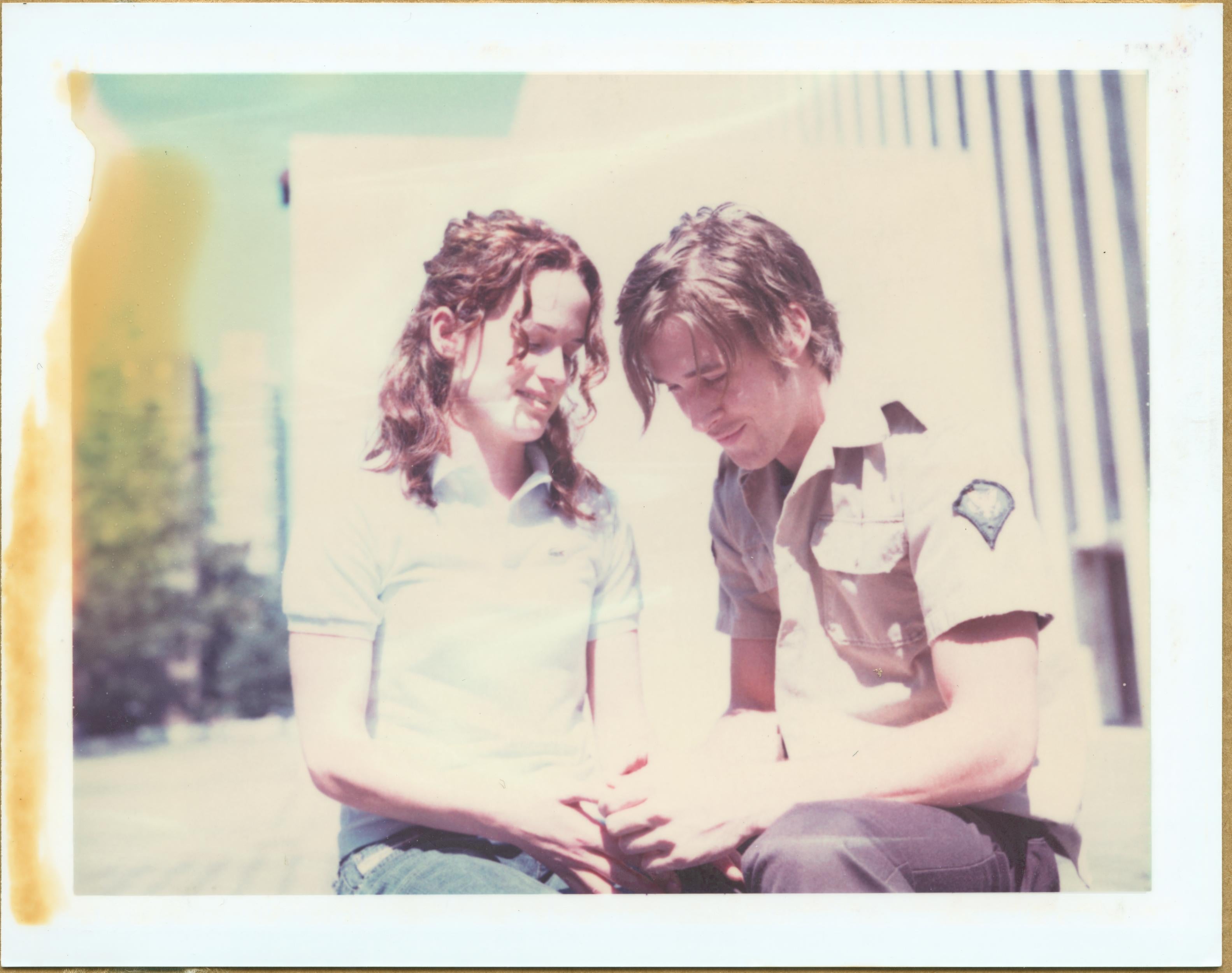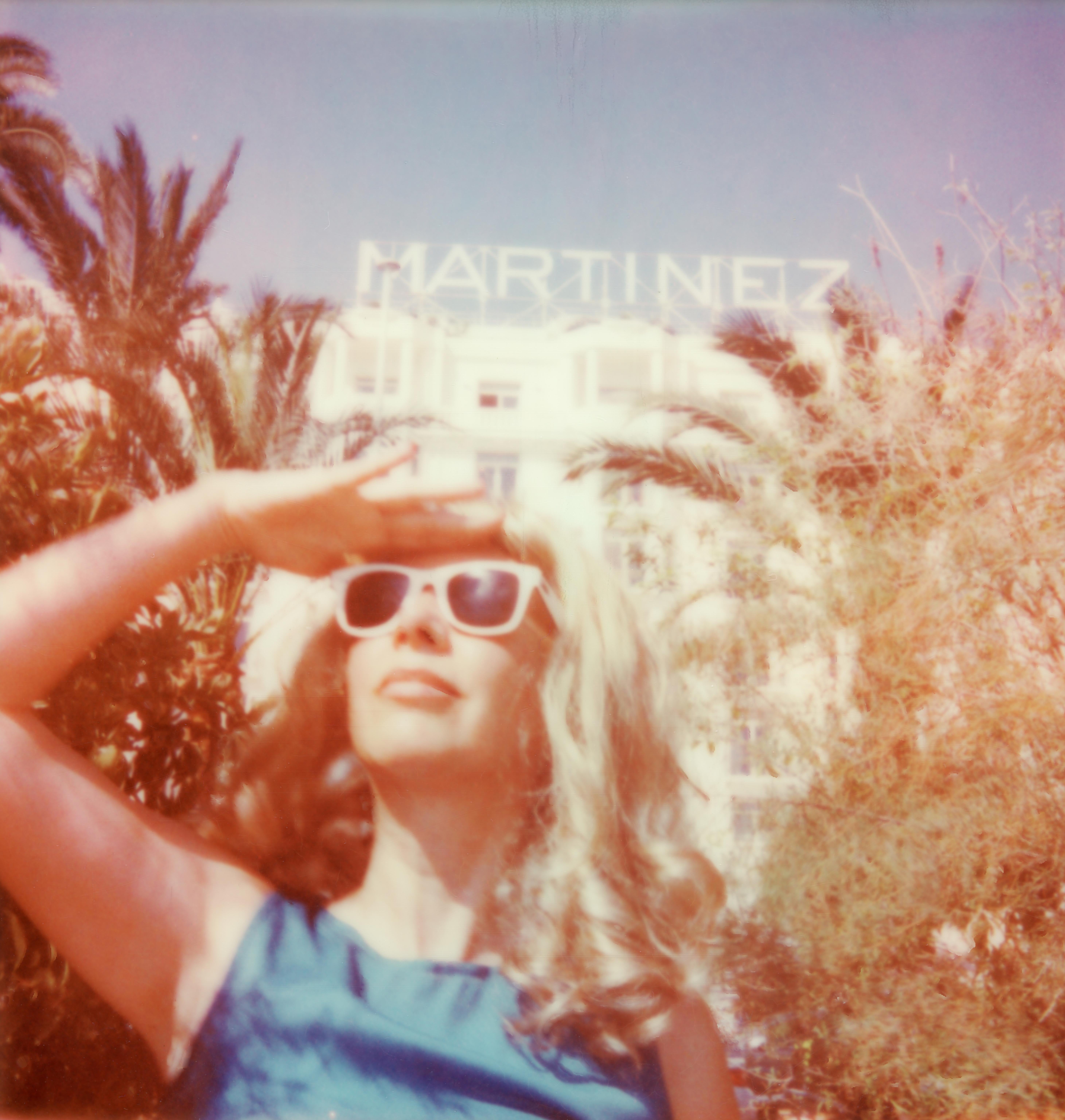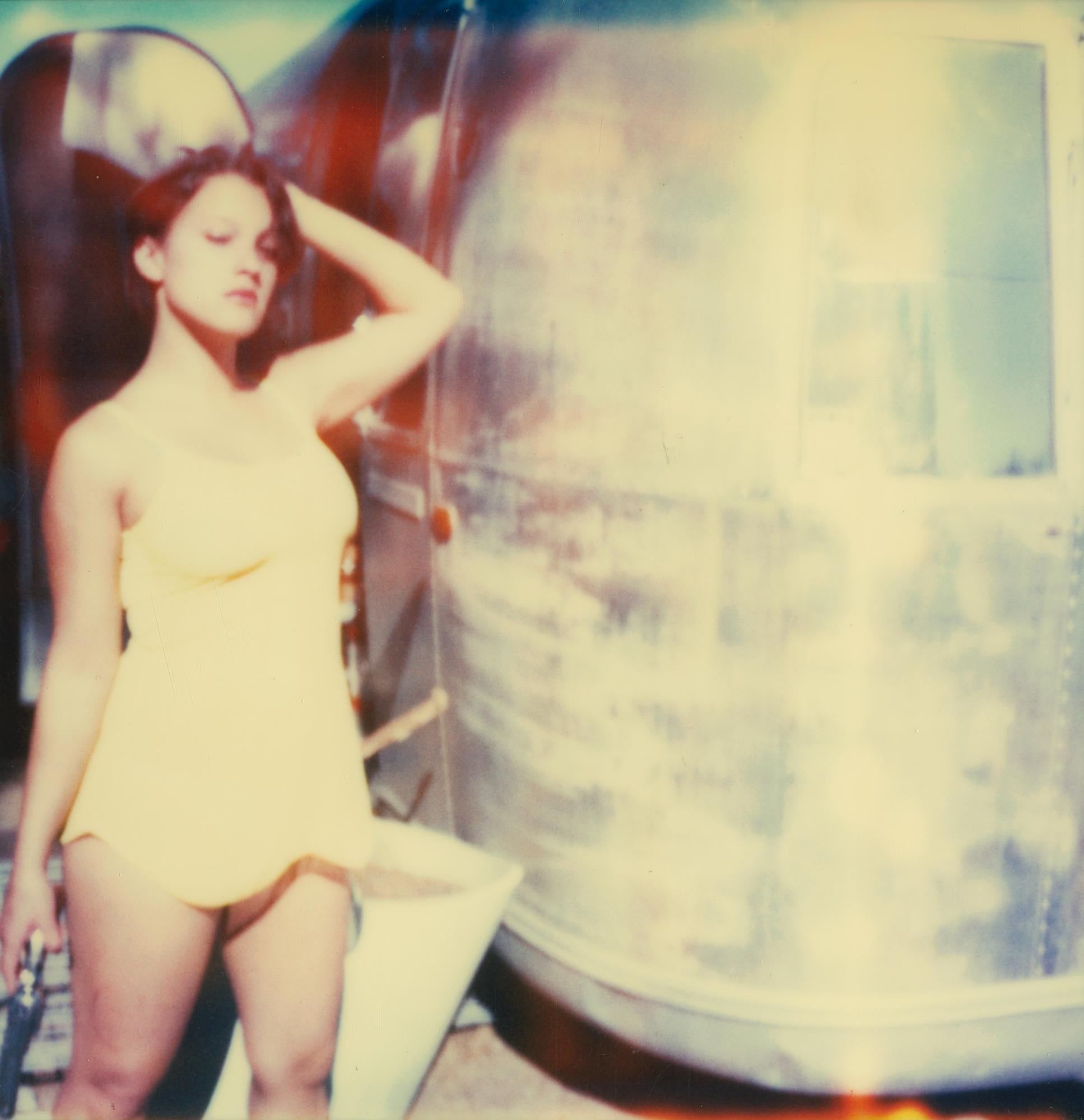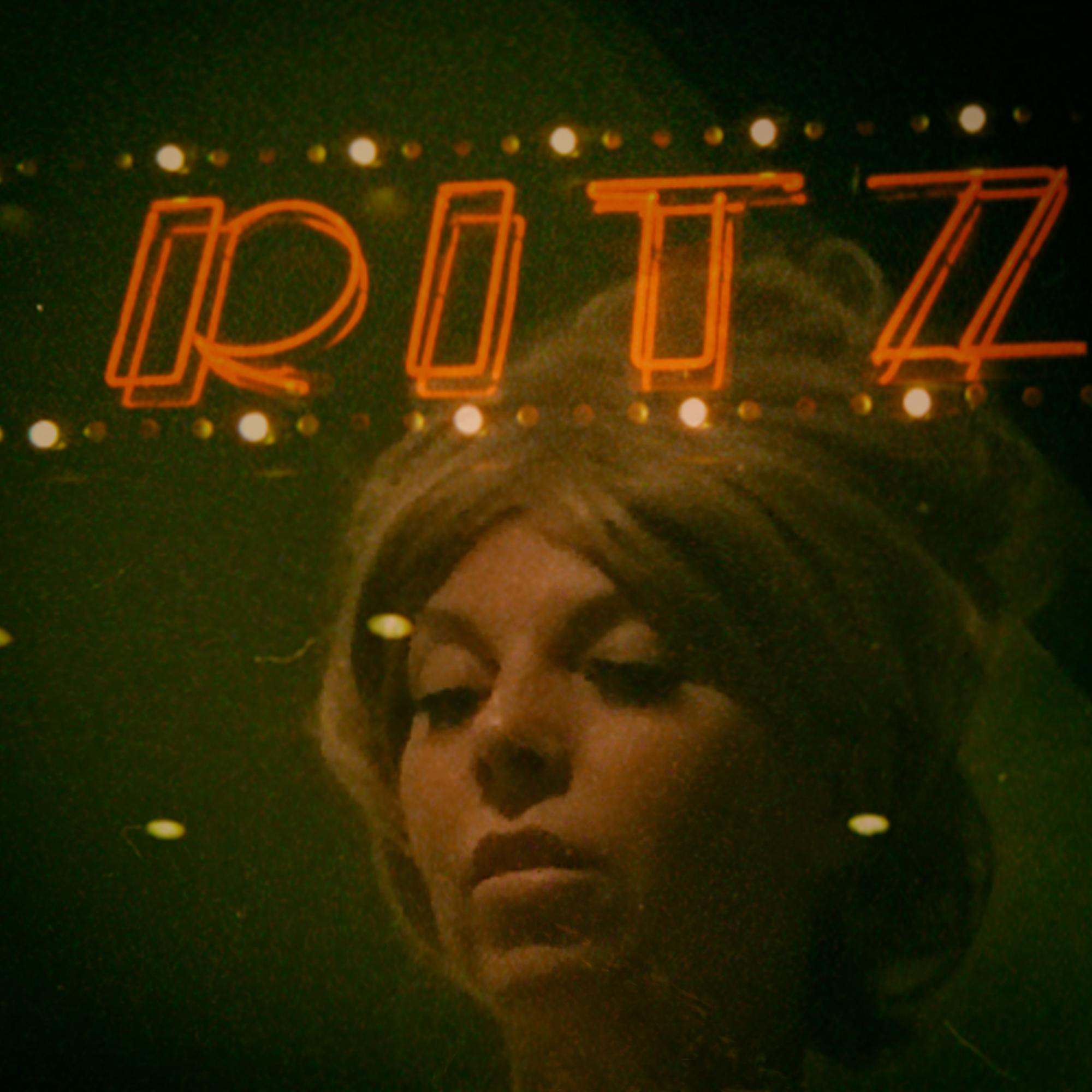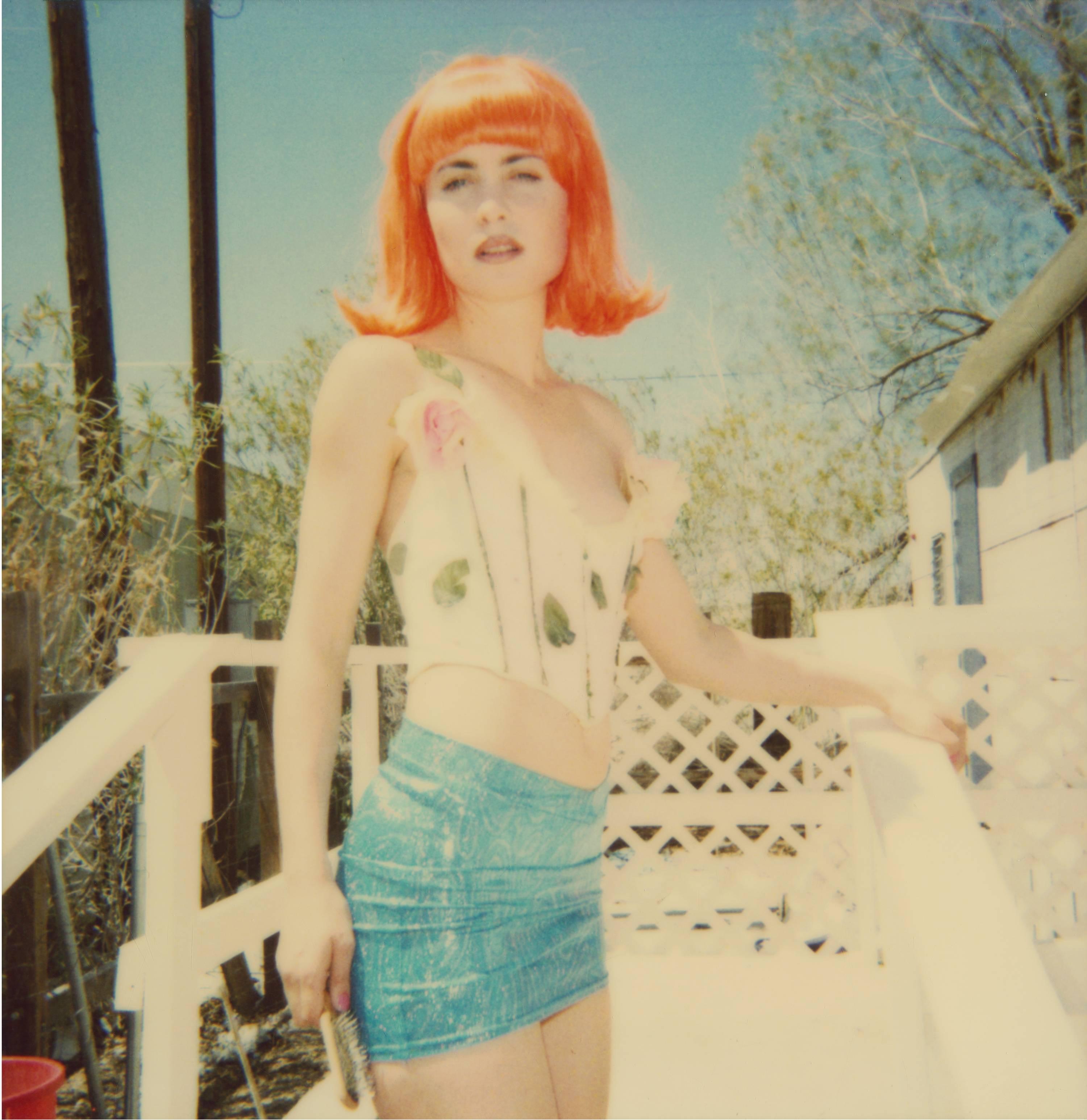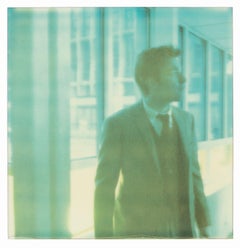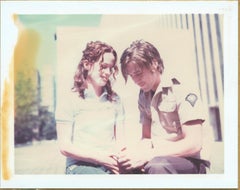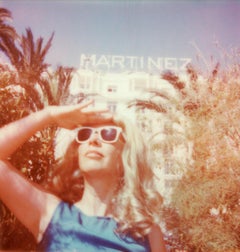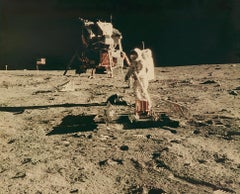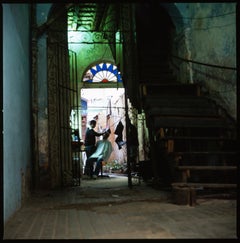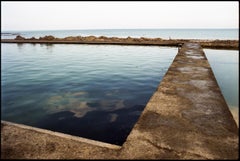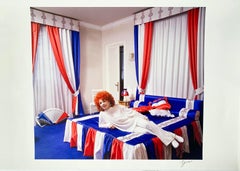Stefanie Schneider's work was used for Marc Forster's movie 'Stay'. Featuring Ewan McGregor, Naomi Watts and Ryan Gosling. Naomi and Ryan were both portraying artists and Stefanie's art was the art both created during the movie. Stefanie's images were also used for Ryan Gosling's memory sequence, for the end titles, for edits in between and as art paintings hanging in several scenes within the movie.
This Piece:
Sam (Stay) - starring Ewan McGregor, 2006,
49x48cm,
Edition of 10, plus 2 Artist Proofs.
Archival C-Print, matte surface, based on the Polaroid.
Certificate and Signature label.
Artist Inventory No. 5026.
Not mounted.
-----
Torsten Scheid, “Fotografie, Kunst, Kino. Revisited.”, FilmDienst 3/2006, page 11-13
Photography Art Cinema. Revisited
Stay expands a traditional connection through new facets
Interwoven between the media of photography and film is a veritable mesh-work of technical, motific, metaphorical and personal interrelationships. Extending from photo-film which, as in La Jetée by Chris Marker (France, 1962) is a montage of single, unmoving photographs all the way to the portrayal of photographic motifs in Hollywood cinema―most recently in Memento (USA, 2000) and One hour photo (USA, 2002)―is the range of filmic-photographic interactions on the one hand, and from the adaption of modes of cinematic production to the imitation of film stills on the other. For instance, with the legendary Untitled Film Stills (1978) of the American artist Cindy Sherman, who later made her debut as a film director with Office Killer (USA, 1997) and thereby, like many others, changed sides: Wim Wenders, Robert Frank and Larry Clark are doubtlessly the most successful of these photographic-filmic border crossers. This brief survey provides only a vague indication of the dimensions of this intermedial field, which in fact extends much further and is constantly being cultivated.
Also as a motif in film, photography has experienced a historical transformation: Photographers were once considered to be technicians who mastered a craft but never achieved the status of artists. Photographer-figures were caught in the allure of beautiful appearance, incapable of penetrating to the actual essence of things. Such depth was reserved for literature or painting. When photography in film touched upon the sphere of art, then most often as its contrasting model, as the metaphor for a superficial access to the world. Coming to mind are Fred Astaire as a singing fashion photographer in Stanley Donen’s musical film Funny Face (USA, 1957), or the restless lifestyle-photographer in Michelangelo Antonioni’s genre-classic Blow up (GB, 1966). For the doubting Thomas, only that exists which can be photographed. He ultimately enters the world of fantasy and thereby the field of art only unwillingly, when he becomes entangled in the world of his images. The last of his detail-enlargements shows only the photographic grain and has lost all connection to reality. The photograph looks as if it had been painted by Bill, the painter who is both friend and antagonist to the protagonist.
Photography as Art
It was first around the end of the last century that numerous filmmakers discovered photography as a genuine art form. In The Bridges of Madison County (USA, 1995) a sensitive Clint Eastwood stands, camera in hand, on the threshold of artistic status, and in Smoke (USA, 1994) a tobacco merchant ripens into a philosopher through his involvement in photography. Finally, in John Water’s parody of the art market, Pecker (USA, 1998), a provincial tom-fool is hyped into celebrated stardom amid the New York art scene because of his blurred snapshots. This film about a postmodern Kaspar Hauser in photographic art (with clear parallels to Richard Billingham, the
British shooting...
